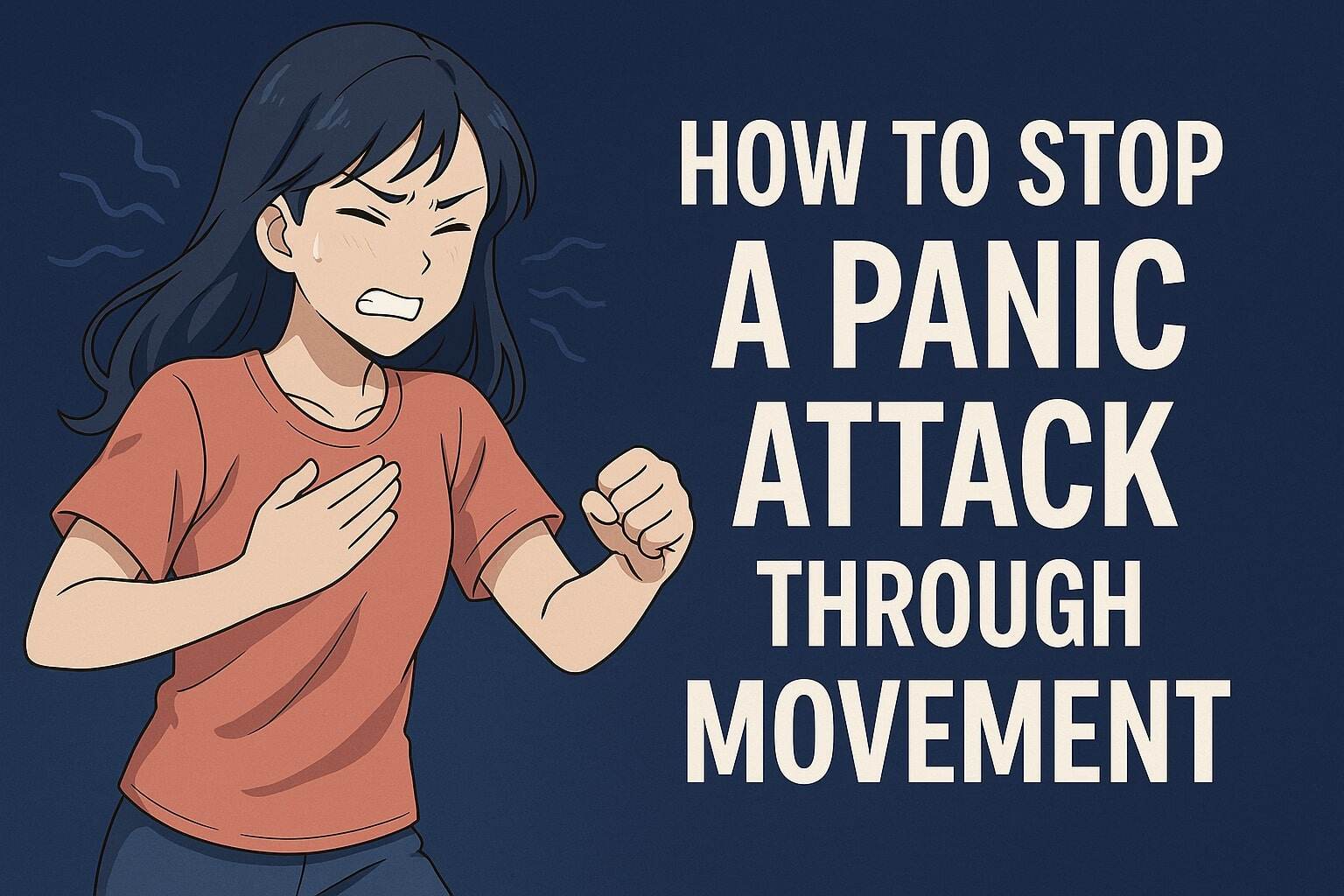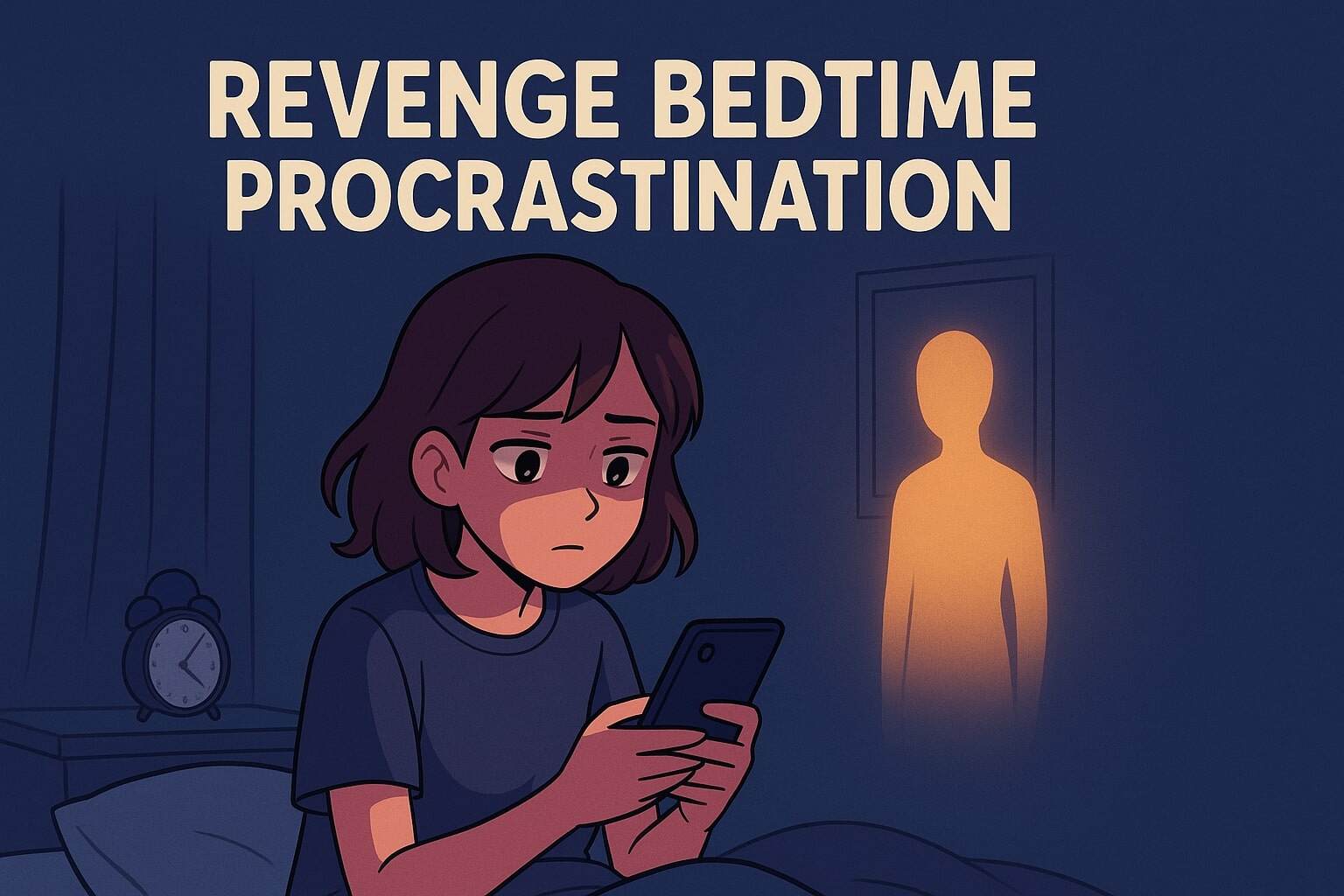Your heart races.
Your chest tightens.
You feel like you’re trapped, maybe even dying.
That’s a panic attack—a sudden surge of overwhelming fear, often with no clear reason.
Most advice will tell you to breathe deeply and wait it out. But what if your body is already in “fight or flight” mode, and you can’t sit still?
Here’s the surprising truth:
Sometimes, the best way to calm a panic attack isn’t stillness—it’s movement.
Why Movement Helps When You Panic
When your body is flooded with adrenaline and cortisol, it’s prepping you to either fight or flee. But if you’re sitting still, that energy has nowhere to go.
This is why panic attacks feel so intense—you’re trapped with that rush inside you.
💡 Your body needs an outlet. Movement gives it that.
According to Harvard Medical School, light physical activity can discharge stress hormones, help regulate breathing, and restore a sense of control.
Source
The Science of “Movement Regulation”
When you move with intention, you activate parts of your brain that tell the amygdala (your fear center) to stand down.
You also signal your vagus nerve—the body’s calming switch—to kick in.
This isn’t woo-woo. It’s biology.
5 Movements That Calm Panic Fast
These are body-based practices designed for real-time relief—no equipment, no fancy techniques, just you and your body.
1. Shake It Out (Literally)
Stand up. Loosen your knees.
Shake your arms, your legs, your hands.
-
Do it for 30–60 seconds.
-
Let your body tremble naturally.
This mimics what animals do after trauma (it’s called neurogenic tremoring) and helps release trapped stress.
2. Walk in a Circle or Pace with Intention
Slow pacing grounds you while giving your body motion.
-
Breathe deeply with each step
-
Whisper to yourself: “I’m safe. I’m okay.”
The rhythm of walking resets your nervous system and brings back a sense of predictability.
3. Wall Pushes
Find a wall. Push against it like you’re trying to move it.
-
Exhale as you push
-
Hold for 5 seconds, release, repeat
This engages your proprioceptive system (your body’s pressure sensors), which signals safety to your brain.
4. Grounding Through Your Feet
Stand barefoot (if possible). Press your feet into the ground.
-
Slightly bend knees
-
Focus on feeling every toe, the heel, the arch
This gives your brain a physical anchor in the now—essential when you feel like you’re floating out of control.
5. Try a “Body Scan Walk”
As you take slow steps, silently name each body part you feel:
“Left foot. Right foot. Ankles. Knees. Thighs…”
This draws your mind away from spiraling thoughts and into the present physical world.
🧘♀️ “The body always leads us home... if we can learn to listen.”
— Tara Brach
When to Use Movement
Movement is most helpful:
-
At the start of a panic attack
-
When you’re too restless to meditate
-
If you’re in a safe space (like home or a private room)
If you’re in public, even small actions—like pressing your thumb and forefinger together rhythmically—can help.
Panic attacks disconnect you from safety, from your breath, and from your sense of control.
Movement reconnects you.
It says: “I am not stuck. I am in charge of this body.”
So the next time panic grips you, don’t just sit there hoping it fades.
Move with intention. Shake. Walk. Push. Ground.
Let your body help you heal.






